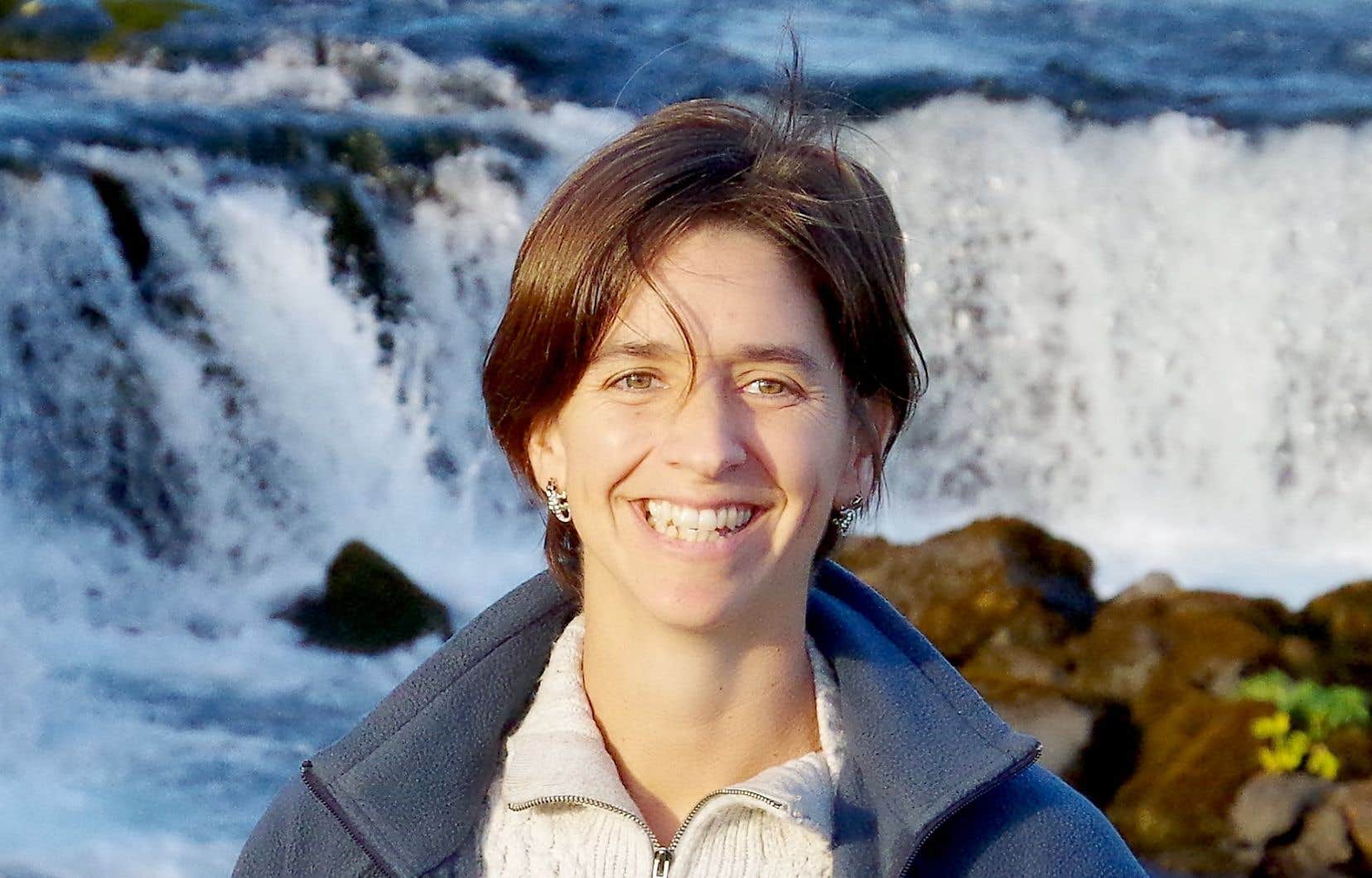This text is part of the special Research section
For nearly 20 years, biologist Catherine Lambert Koizumi has worked closely with indigenous communities to protect nature. A rich journey that took her from the wild expanses of the Northwest Territories to the tranquility of Baie-des-Chaleurs, in Gaspésie.
For Catherine Lambert Koizumi, there was no revelation or particular trigger for finding her path. Obviously, his profession as a biologist came naturally after a childhood spent strolling in the forest.
“I grew up in a house surrounded by trees and animals, I always felt the need to spend time in nature,” says the scientist from the Laurentians. At eight years old, I went to sleep alone in a cabin in the forest, to the great despair of my parents (laughs). »
After studies at UQAM and a master’s project on cougars in Washington state, Catherine Lambert Koizumi transported her suitcases to Inuvik, in the Northwest Territories. In this small town of about 3,000 residents, she was hired as a wildlife biologist by the Gwich’in Nation.
” It was a job dream for me, she remembers. I learned so much working for the Gwich’in, both in terms of traditional knowledge and culture. I also met my husband there, a Japanese nature lover, who arrived by canoe from the Mackenzie River,” she recalls with a smile.
With this experience north of 60e At the same time, Catherine Lambert Koizumi obtained a position a few years later at the Indigenous Mi’gmaq and Maliseet Fisheries Management Association (AGHAMM). It is there, very close to New Richmond, in Gaspésie, that she settled with her family 12 years ago.
Building bridges over the long term
The mission of AGHAMM is to promote sustainable management and conservation of aquatic and oceanic ecosystems on the territories of the Micmacs of Gesgapegiag and Gespeg, as well as the Maliseet of Wolastoqiyik Wahsipekuk.
It is a sort of bridge between the interests of First Nations, economic players in the fishing sector and efforts to conserve natural resources. All this while integrating indigenous knowledge into the scientific approach as much as possible.
“One of the challenges is to bring together all the players in this co-management,” maintains the general director of AGHAMM. There is a lot of turnover in organizations… Lack of stability is another obstacle. The good thing is that we are seeing greater sensitivity to indigenous rights. Of course, there is still a lot of work to be done. »
Catherine Lambert Koizumi, who is non-Indigenous, says she is blessed to have been “accepted” by the Mi’kmaq and Maliseet communities in the region. A relationship of trust that has quietly blossomed over the past springs in Gaspésie.
“At first, some people were perhaps a little wary, but quickly I felt a feeling of acceptance and welcome,” she says. I have the privilege of working with them and being able to help them as best I can. »
For the next seven generations
The doctor of biology has long been interested in the vision of nature found in several indigenous traditions. A design, almost divine, which is based on interconnection and respect for the environment that surrounds us.
“By working with First Nations, I saw how nature can be life-saving and how it has been at the heart of cultures for millennia. I have been fortunate to attend events like powwows and other gatherings; the connection with nature is powerful, even vital. »
The adopted Gaspésie, a great horse enthusiast, was particularly interested in the principle of seven generations found in certain indigenous cosmologies. In its most simplistic explanation, it is the notion of thinking and acting with the future generations in mind.
“In the context of the climate crisis, changes occur successively over several years, so the seven-generation approach seems essential to me,” she says. I wish our politicians had the wisdom to think of future generations in their decisions. »
“The approach of the seven generations is also part of that of the double perspective (etuaptmumk in Mi’kmaq), which refers to seeing the strengths of indigenous knowledge and knowledge systems with one eye, and the strengths of Western knowledge with the other eye… And learning to use these two eyes together. »
While waiting to find this precious balance, Catherine Lambert Koizumi says she is filled with hope looking at her two daughters Yuki and Sola, who have inherited from their parents a wonder and a deep love for nature.
This content was produced by the Special Publications team at Duty, relating to marketing. The writing of the Duty did not take part.
